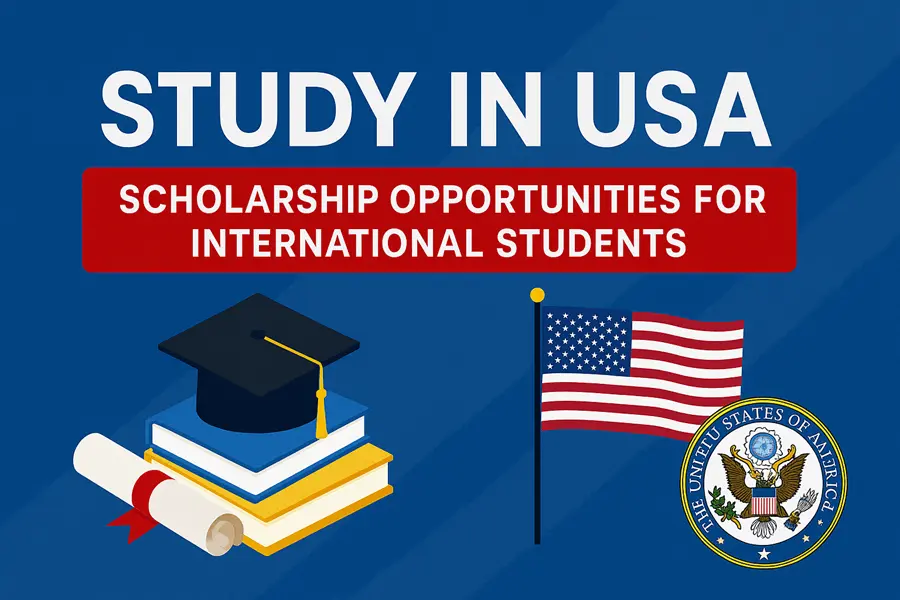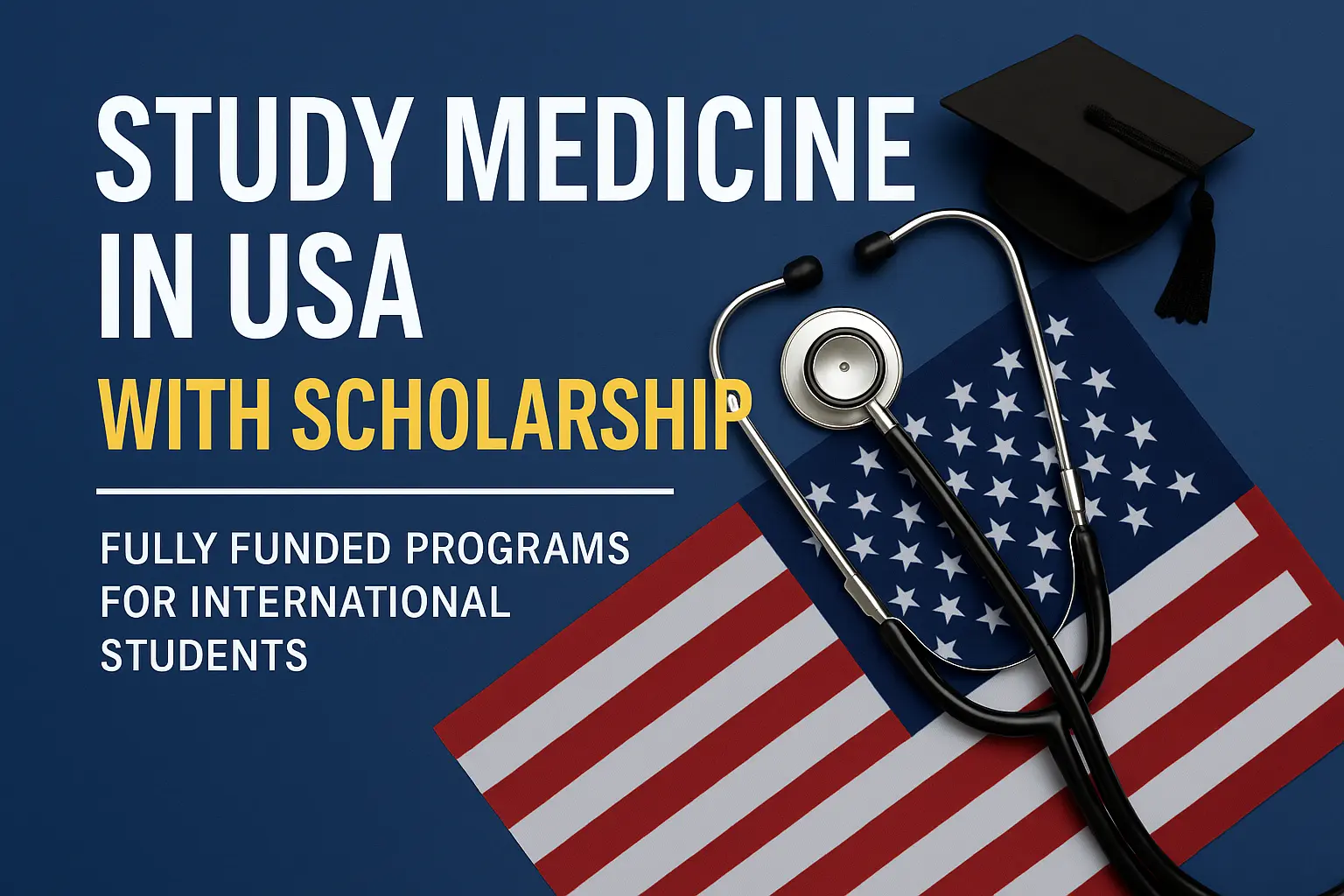Did you know that nearly 55% of Columbia University undergraduates receive some form of financial aid, with an average grant of over $60,000 per year? As one of the most prestigious Ivy League institutions, Columbia University is renowned not only for its academic excellence but also for its commitment to making education accessible through generous scholarships and financial aid programs.
However, navigating the financial aid and scholarship system can be overwhelming, especially for prospective students and their families. This guide provides a detailed breakdown of Columbia University’s financial aid policies, undergraduate and graduate scholarships, and key strategies to maximize funding opportunities. Whether you’re an aspiring undergraduate or a graduate student, understanding these options can significantly ease the financial burden of attending an elite institution like Columbia.
Understanding Columbia University’s Financial Aid and Scholarship System
Columbia University operates on a need-blind admission policy for U.S. citizens, permanent residents, and eligible non-citizens, meaning that a student’s financial situation does not influence their admission decision. For international students, the policy is need-aware, meaning financial need may be considered during the admissions process.
1. Need-Based Financial Aid
Columbia meets 100% of demonstrated financial need for all admitted students, regardless of nationality. This means if a student is admitted, the university will provide a financial aid package that covers the difference between the cost of attendance and the family’s expected contribution.
- How Need is Calculated: Columbia uses the CSS Profile and FAFSA (for U.S. students) to assess financial need. Factors include family income, assets, household size, and number of children in college.
- No Loans Policy: Columbia replaces student loans with grants in financial aid packages, ensuring graduates are not burdened by excessive debt.
2. Merit-Based Scholarships
While Columbia primarily focuses on need-based aid, some merit-based scholarships are available, particularly for graduate students. These awards recognize academic excellence, leadership, and specialized talents.
3. External Scholarships
Students are encouraged to seek external scholarships from organizations, corporations, and foundations. Columbia allows these awards to supplement university aid without reducing the initial grant amount.
Columbia University Scholarships for Undergraduate Students
Columbia College and Columbia Engineering offer robust financial aid programs to ensure affordability. Below are key funding opportunities for undergraduates:
1. Columbia Grant
The Columbia Grant is the primary form of need-based aid, covering tuition, housing, and other expenses. Unlike loans, this grant does not require repayment.
2. The John W. Kluge Scholarship
Awarded to exceptional students with significant financial need, this scholarship covers full tuition and is renewable for all four years.
3. The C. Prescott Davis Scholarship
This scholarship supports students from middle-income families who may not qualify for full need-based aid but still require substantial assistance.
4. International Student Financial Aid
While Columbia’s aid for international students is limited, those admitted can receive need-based grants. The university encourages applicants to explore government and private scholarships in their home countries.
5. Special Program Scholarships
- The Science Research Fellows Program: Supports STEM students with research funding.
- The Global Scholars Program: Offers additional aid for students studying abroad.
Columbia University Scholarships for Graduate Students
Graduate funding varies by school and program, with most aid coming in the form of fellowships, assistantships, and grants.
1. Columbia Graduate School Fellowships
Many departments offer full-tuition fellowships with stipends for living expenses. Examples include:
- The Presidential Fellowship: For doctoral students demonstrating academic excellence.
- The Foreign Language and Area Studies (FLAS) Fellowship: Supports language and regional studies.
2. Teaching and Research Assistantships
Graduate students can work as Teaching Assistants (TAs) or Research Assistants (RAs), receiving stipends and tuition waivers.
3. School-Specific Scholarships
- Columbia Business School: Fellowships like the Toigo Fellowship for underrepresented MBA students.
- Columbia Law School: The Hamilton Fellowship covers full tuition for top applicants.
- Columbia Journalism School: The Pulitzer Fellowship supports investigative reporters.
4. External Fellowships for Graduate Students
Many Columbia graduate students secure funding through external programs such as:
- Fulbright Scholarships
- National Science Foundation (NSF) Grants
- Ford Foundation Fellowships
Conclusion
Columbia University’s financial aid and scholarship programs make it possible for talented students from all economic backgrounds to access a world-class education. By understanding the available funding options whether need-based grants, merit scholarships, or external fellowships prospective students can strategically plan their financial journey.
If you’re considering Columbia, start early, explore all opportunities, and remember: an Ivy League education may be more affordable than you think.
What’s your biggest concern about financing a Columbia University education? Share your thoughts in the comments below!
Application: https://sfs.columbia.edu/content/scholarships





